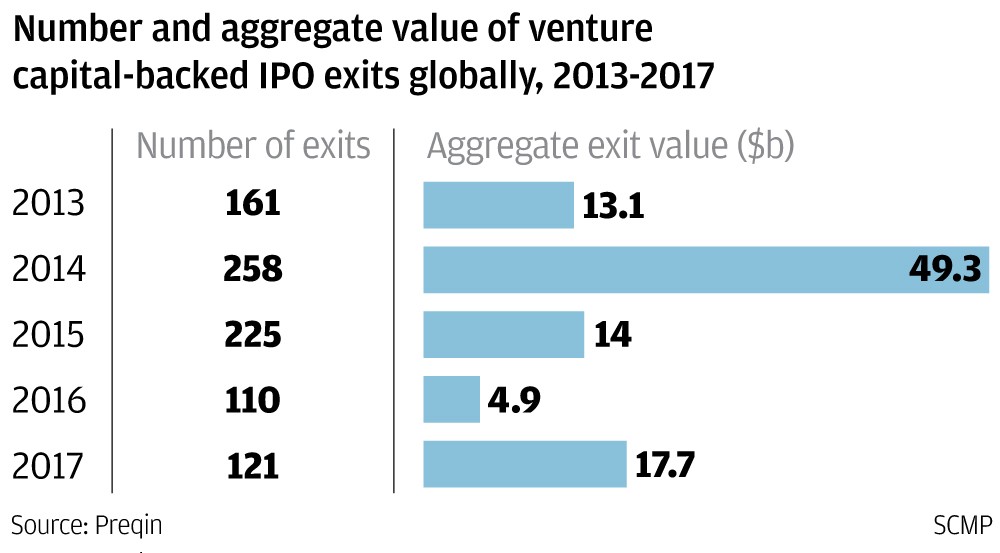

It is essential that the market also offers significant growth potential for new entrants. Please email us at: There’s a clear market opportunity. If you would like information about this content we will be happy to work with you. We strive to provide individuals with disabilities equal access to our website. While AI and big data, for example, are relatively small fields today, accounting for less than 5 percent of total value creation across all segments, they include 16 of the top 100 unicorns. Smaller markets or sectors can also be the homes of successful start-ups as long as the potential for market disruption is significant. With 11 investment areas, ranging from green transportation to decarbonization, we expect the climate economy to see the launch of hundreds of new unicorns (Exhibit 2). One such trend is sustainability, in which governments and companies are expected to invest nearly $10 trillion per year for the next 30 years. Similarly, significant trends have an impact on TAM volumes and, in some cases, even open up a “blue ocean”-entirely new, large market spaces. Playing in a large enough market, therefore, improves a venture’s chances of hitting it big. Three sectors with annual revenues greater than $5 trillion-technology, media, and telecommunications industrials and healthcare-account for almost a third of the top 100 unicorns. The biggest sectors have the greatest number of successful scale-ups. Assessing the potential comes down to two things: When deciding whether to fund a new business, the VC investor wants to know if the investment can become big enough to be worth it. Total addressable market (TAM): Is it big enough to be worth it?

Would you like to learn more about our business-building practice, Leap by McKinsey?Ģ. Top European scale-ups also have a significantly higher share of female founders (16 percent versus 12 percent globally). Founders of Asian scale-ups, for instance, commonly have less work experience prior to starting their venture. While these patterns broadly hold true globally, there are some regional differences. More than 80 percent of founders gained work experience prior to building their successful venture, and more than half had founded start-ups before. It is unlikely that founders will build a top 100 scale-up on their first attempt. Track records and experience are essential.More than 70 percent of cofounders went to the same university prior to building their unicorn. While about 25 percent of founders got their degrees from top US schools such as Stanford, Harvard, Yale, Wharton, or MIT, the rest came from other institutions. Interestingly, where the degrees came from mattered less. A large majority of founders of the top 100 unicorns have completed an academic degree (more than 95 percent), and more than 70 percent have advanced degrees such as a master’s, an MBA, or a PhD. University education still matters-a lot.Their backgrounds include a mix of expertise in technology (around 40 percent of founders), natural science (around 25 percent), and business (around 25 percent). Top founding teams bring complementary skill sets to the table. The vast majority of successful scale-ups (around 75 percent) were started by two or more people. Please email us at: Mavericks are the exception.



 0 kommentar(er)
0 kommentar(er)
